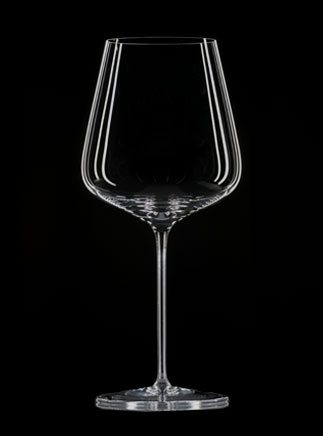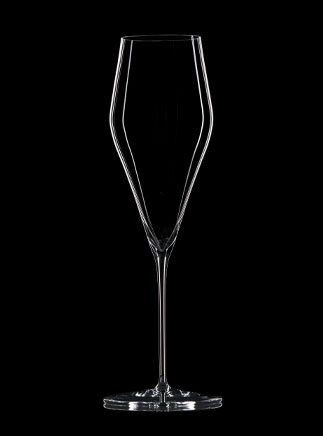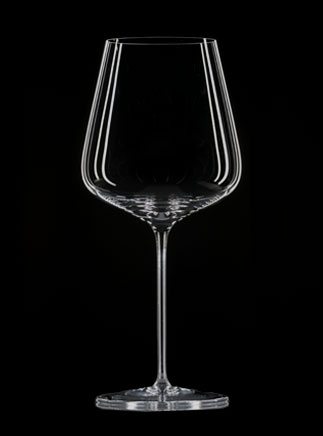 Somewhere in between making wine and storing wine, service plays THE crucial supporting role in a wine’s performance. Mistakes in temperature, aeration, and glassware can foul things up as easily as contaminated or cooked cork can. Conversely, it is not secret that great glassware can pump up a tasting experience like sluggers on steroids. That was exactly my experience running across Zalto glassware for the first time at Menton, Barbara Lynch’s crowning jewel in Boston’s Fort Point neighborhood (which you can read about here).
Somewhere in between making wine and storing wine, service plays THE crucial supporting role in a wine’s performance. Mistakes in temperature, aeration, and glassware can foul things up as easily as contaminated or cooked cork can. Conversely, it is not secret that great glassware can pump up a tasting experience like sluggers on steroids. That was exactly my experience running across Zalto glassware for the first time at Menton, Barbara Lynch’s crowning jewel in Boston’s Fort Point neighborhood (which you can read about here).
BZ (before Zalto), I considered bowl size and shape, rim diameter and delivery angles, glass quality, durability, and elegance in weighting, balance, and stem-feel. Neunagelberg, Austria based Zalto, a sixth generation family company in this town found in the southern part of Austria where glass blowing dates back to the 14th century, made things a bit more discriminating by introducing cosmic considerations into glassware selection. Their glasses are made at 24°, 48° and 72° angles, all of them earth axis tilt angles offering historic evidence that cosmic consistency can impact food. According to the folks at Zalto:
…The ancient Romans utilized this triumvirate of angles with their supply repositories, finding that produce stayed fresh for a longer time, and that it also showed improved taste.
At the end of last year, Stern Magazine set out to organize a panel of the top glass makers and consumers to participate in a test of the best glassware on the market (you can read a great summary of the article translated into English here):
…Stern set to work, to carefully and systematically investigate the wineglass question. We invited the ten most important glass-works to a blind tasting, and asked them to send what they considered to be their best glasses for three wines—Riesling, Burgundy and Bordeaux. Hundreds of cartons had to be received and stored, 600 delicate glasses must be individually unpacked and unwrapped, then rinsed by hand, dried by hand and placed at the ready—and then after the tasting once again washed, dried, wrapped, packed and sent back to the glassworks. An endless amount of work, that was… The jury considered which glass presented the wine best and most faithfully to its type—in the nose, on the
tongue and on the palate. Additionally, they evaluated the glasses according to which felt the most agreeable in the hand, which was the best-balanced, and which provided the most effective contact with the taster’s lip. So that the tasters could find the stems without mishap, the glasses were served on a slotted cardboard surface, each one securely placed… When one tallies up the points from professionals and consumers, Zalto, Zwiesel and Orrefors take the top spots.
And for the professional jury, Zalto took #1 spots for all three categories, and Zwiesel took #2 spots for all three. No surprise, these glasses do not come cheap, and you can count on US$50 per glass. I found them for sale at the Zalto website, K&L Wines, and Winemonger. I can’t quite fathom that I had missed these glasses until now.
Who knows if it is the glass quality and materials (they claim to use superior materials “without the addition of lead oxide to resist against clouding”), the glass blowing skill, or the cosmic lore of the Ancient Romans that is central to Zalto’s secret sauce. But, I can report a meaningful difference in the overall tasting experience that has me eying my stock of Riedel glassware wondering if it is about time to upgrade to new levels of service excellence.

